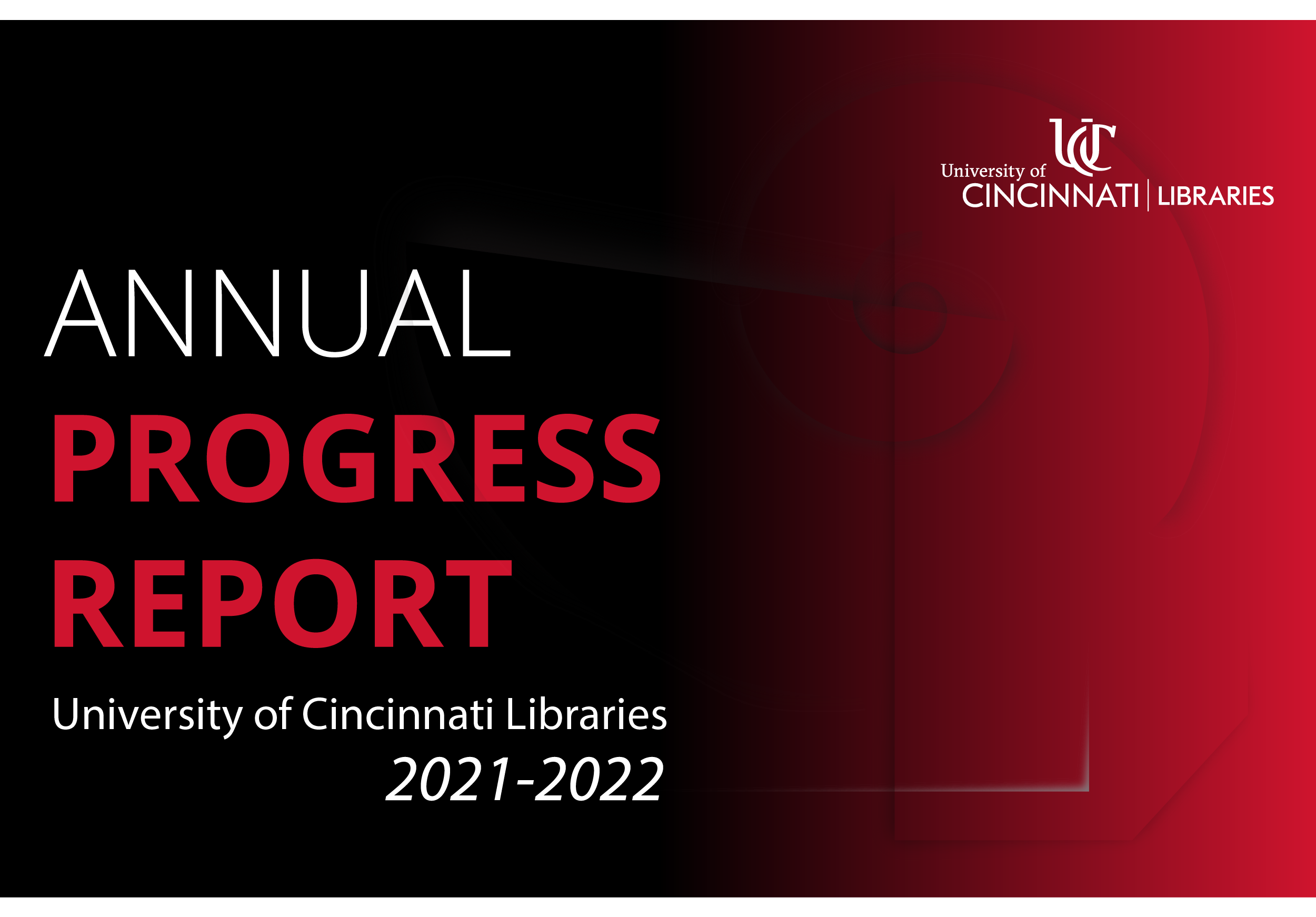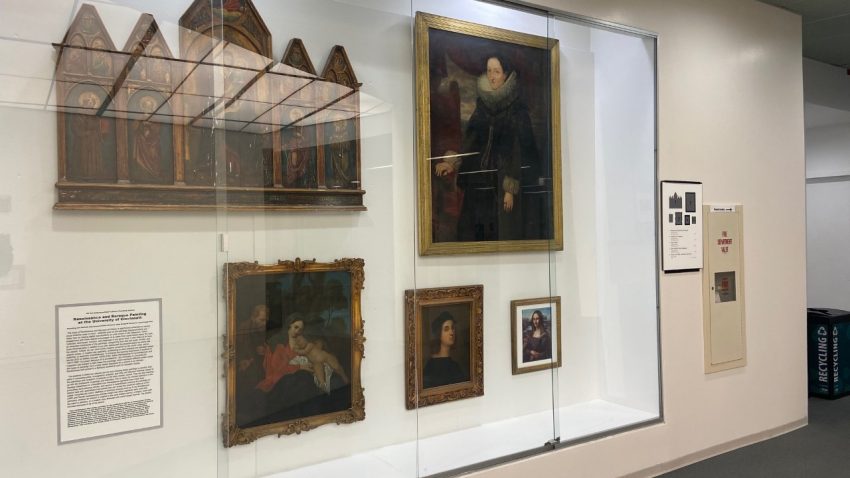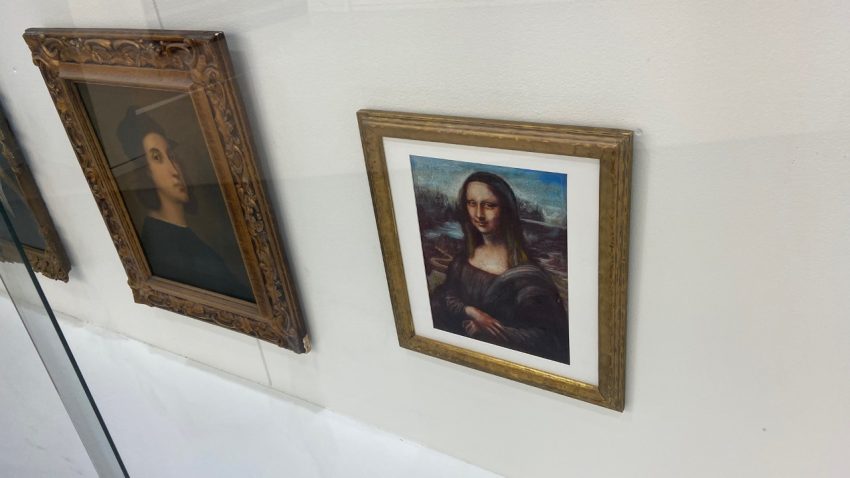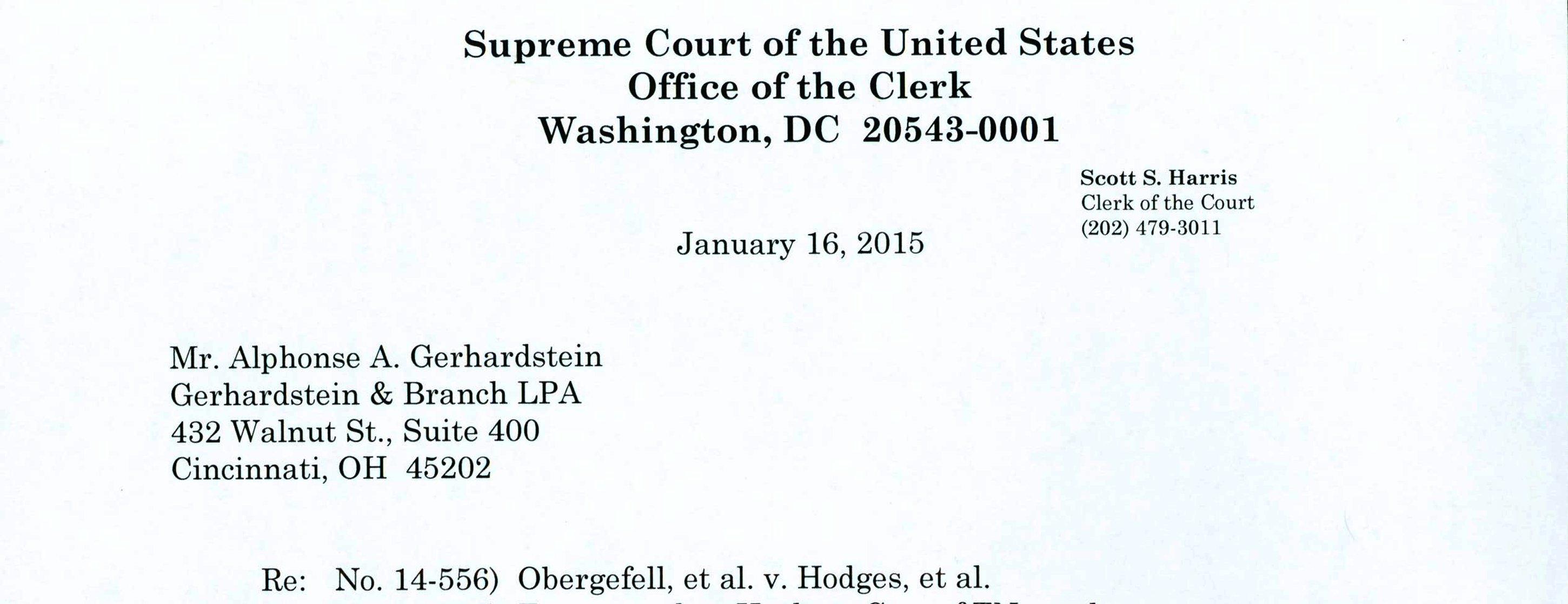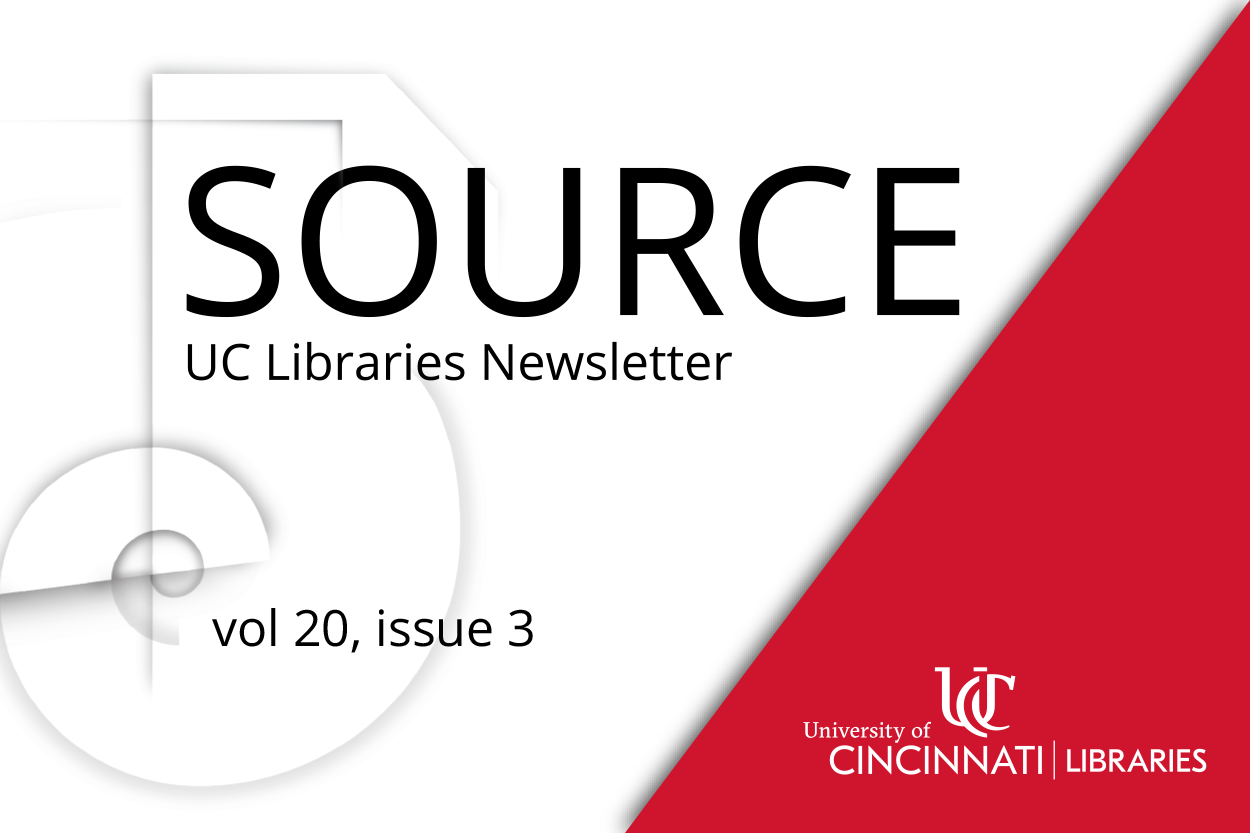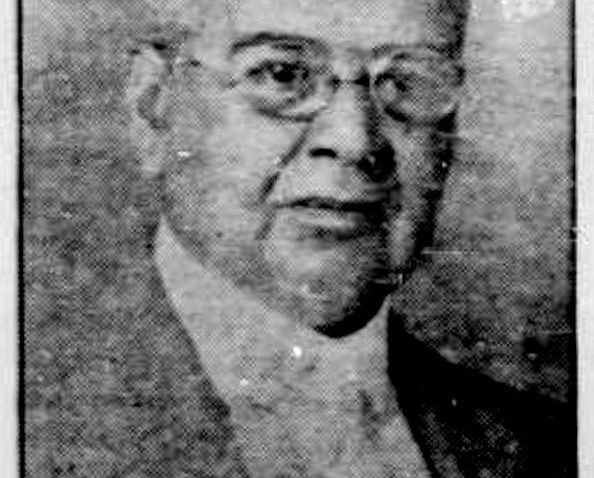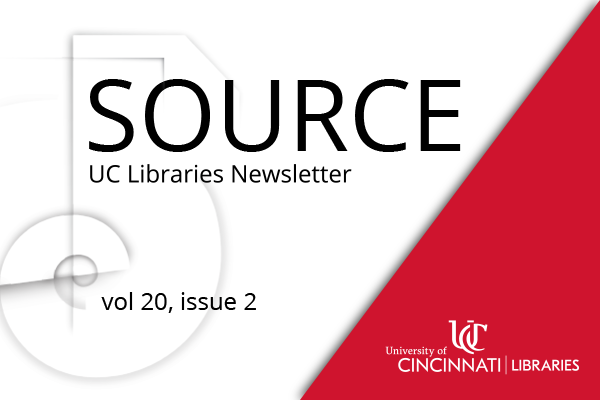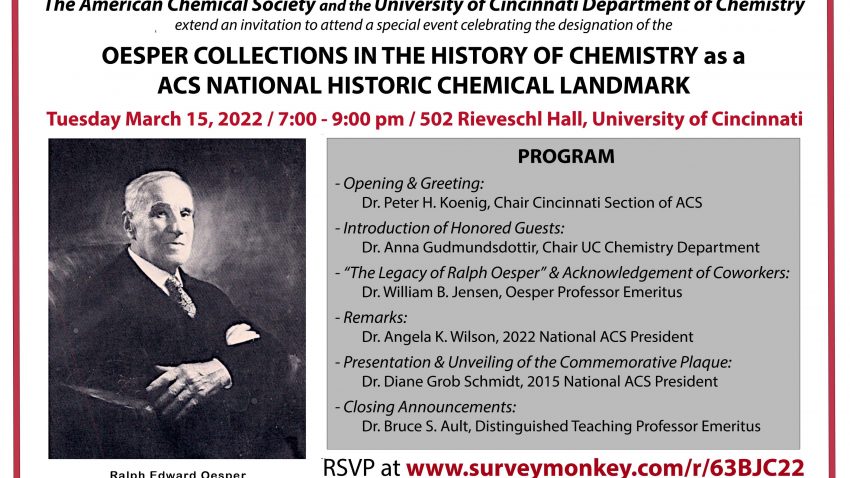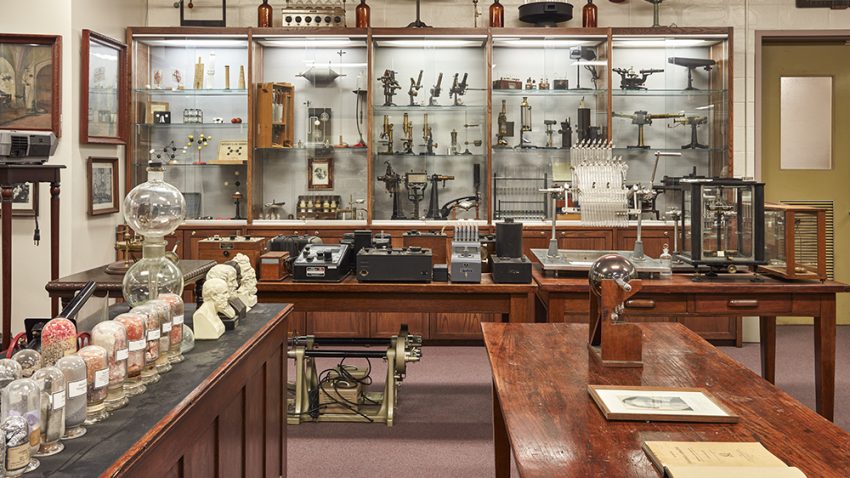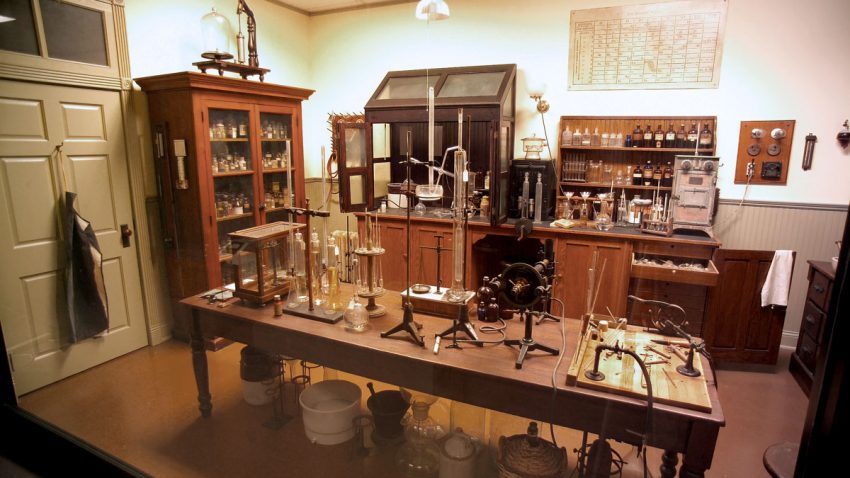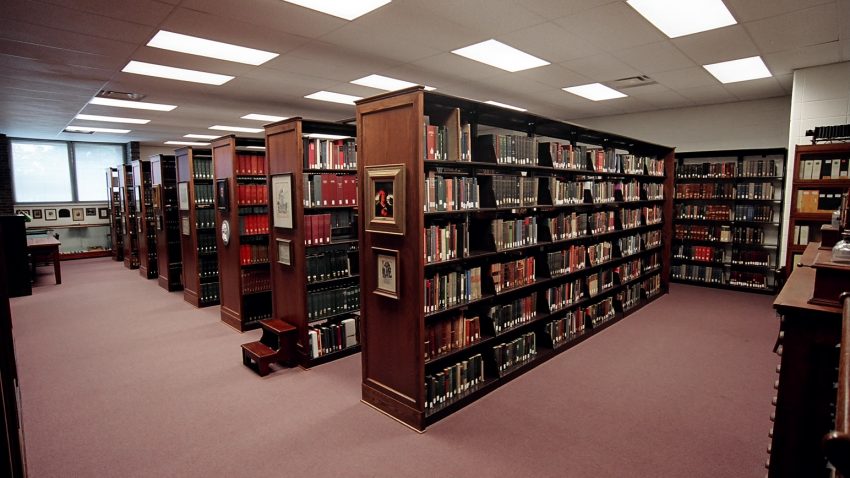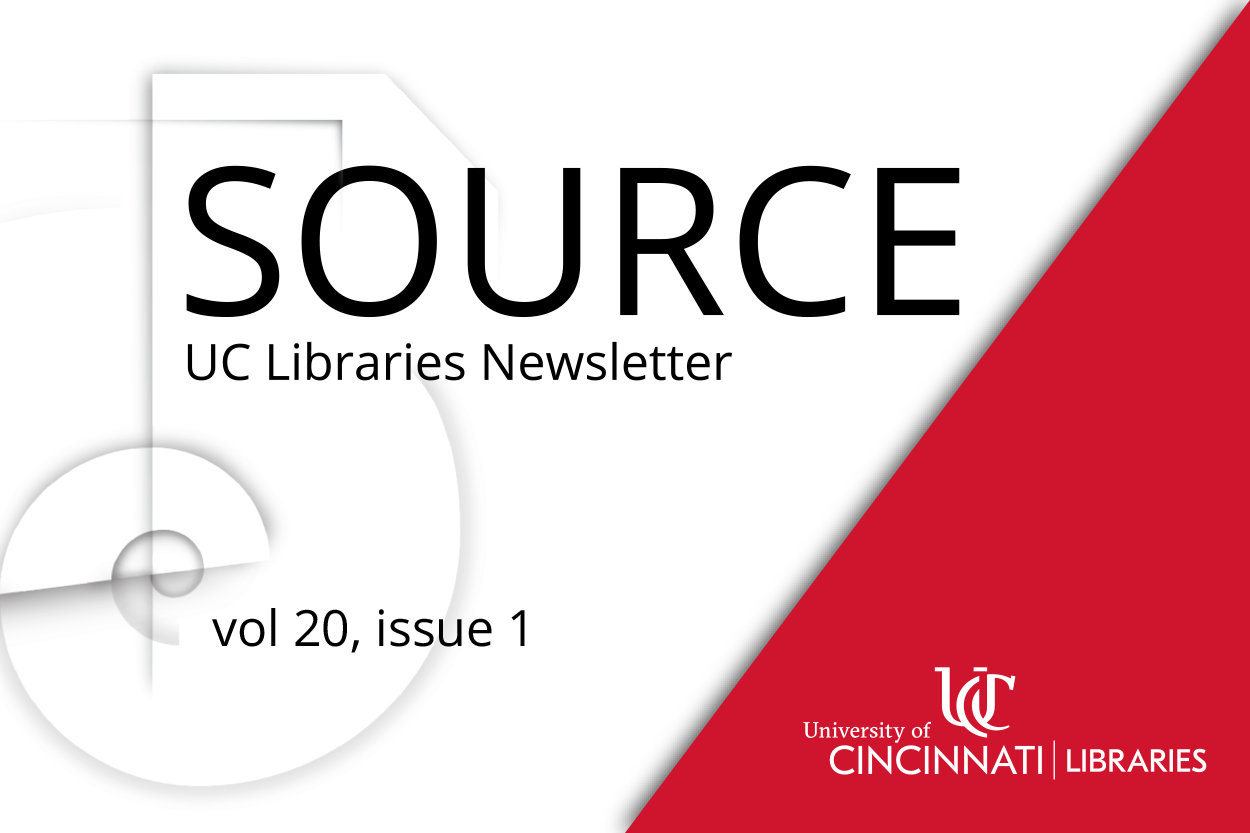Edward Livingston Youmans’ The Chemical Atlas was recently returned to its home in the Oesper Collections in the History of Chemistry library after receiving conservation treatment from UC Libraries’ Preservation Lab. Youmans’ famous book features eye-catching illustrated and hand-colored plates that frequently motivate myself and others to display the item and engage visitors of the Oesper Collections with stunning visual depictions of the unseen world of chemical processes.
Edward Youmans was a renowned science communicator and popularizer in the 19th century United States. In the 1850’s, a reviewer called his Chemical Atlas “without exception, the best popular work in the English language” (Miles, 1964). When he was a young teen, he was afflicted by a disease of the eyes which grew more severe with time, leaving him nearly blind and suffering from frequent eye inflammation between the ages of 13 and 35. During these years, Youmans was unable to read, and learned as much as he could through the second-hand teaching of his sister, Eliza Youmans. His second-hand learning caused him to imagine and visualize chemistry concepts. As he overcame his misconceptions and worked to make his understanding more definite, he wanted to share his scheme for picturing atoms and their combinations. This led to him creating chemical charts which visually depicted atoms of different elements, binary compounds, and more as well as an accompanying book, Classbook of Chemisty. The Classbook of Chemistry was a huge success. “Brief, clear, and devoid of technicalities, it has an astounding and continuous sale; it was revised and sold more than 144,000 copies in its three editions. This was truly a remarkable record and would be envied even in these days of widespread chemical instruction” (Oesper, 1957). Continue reading

